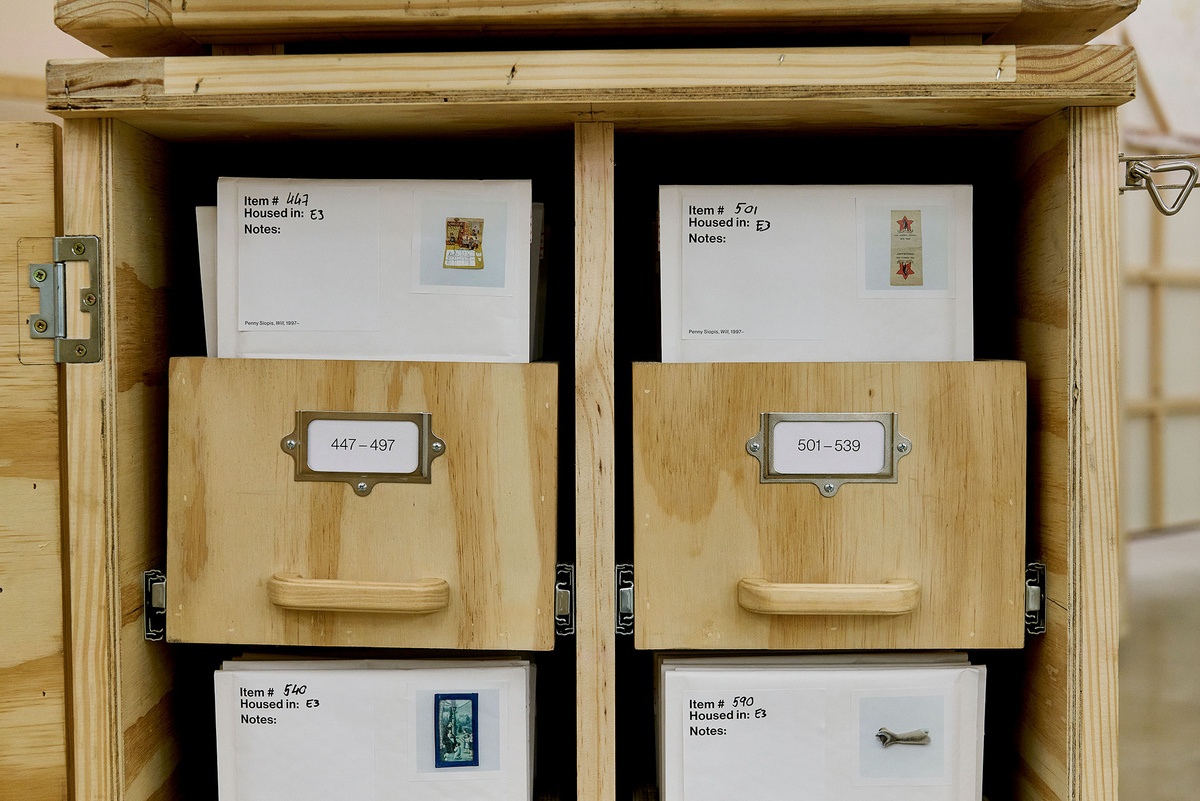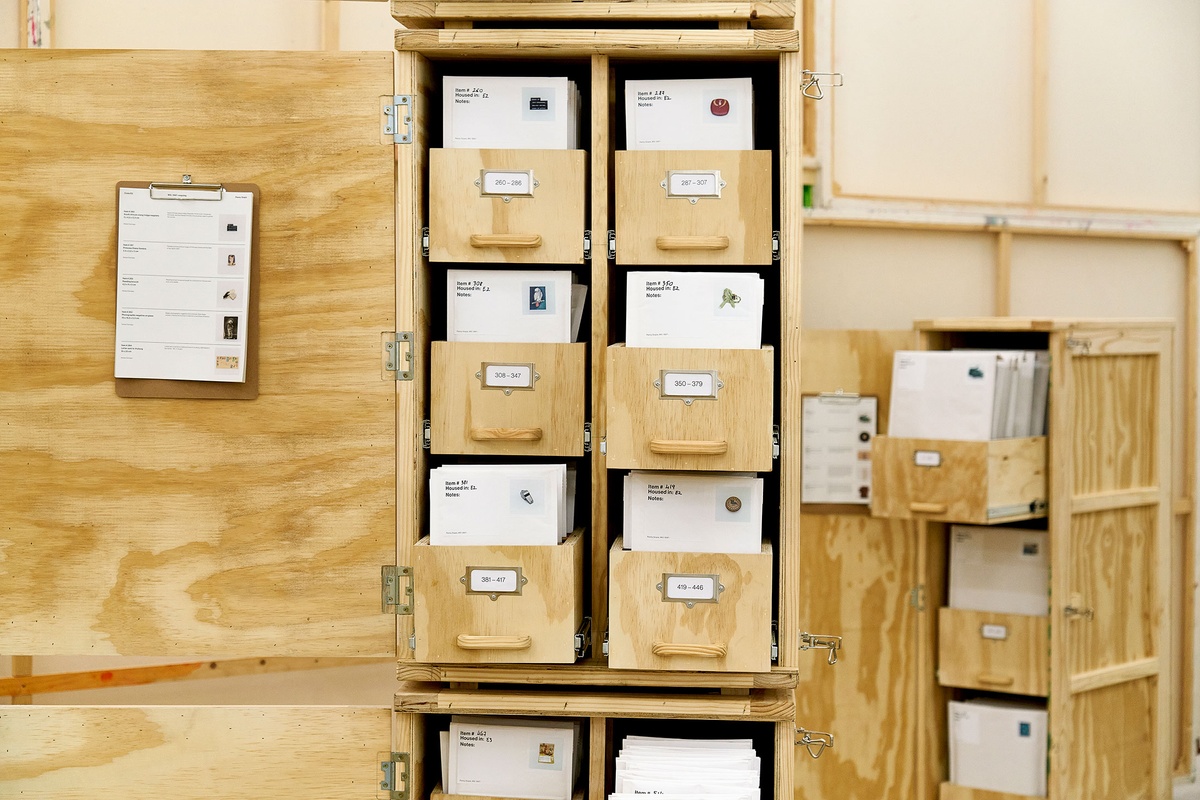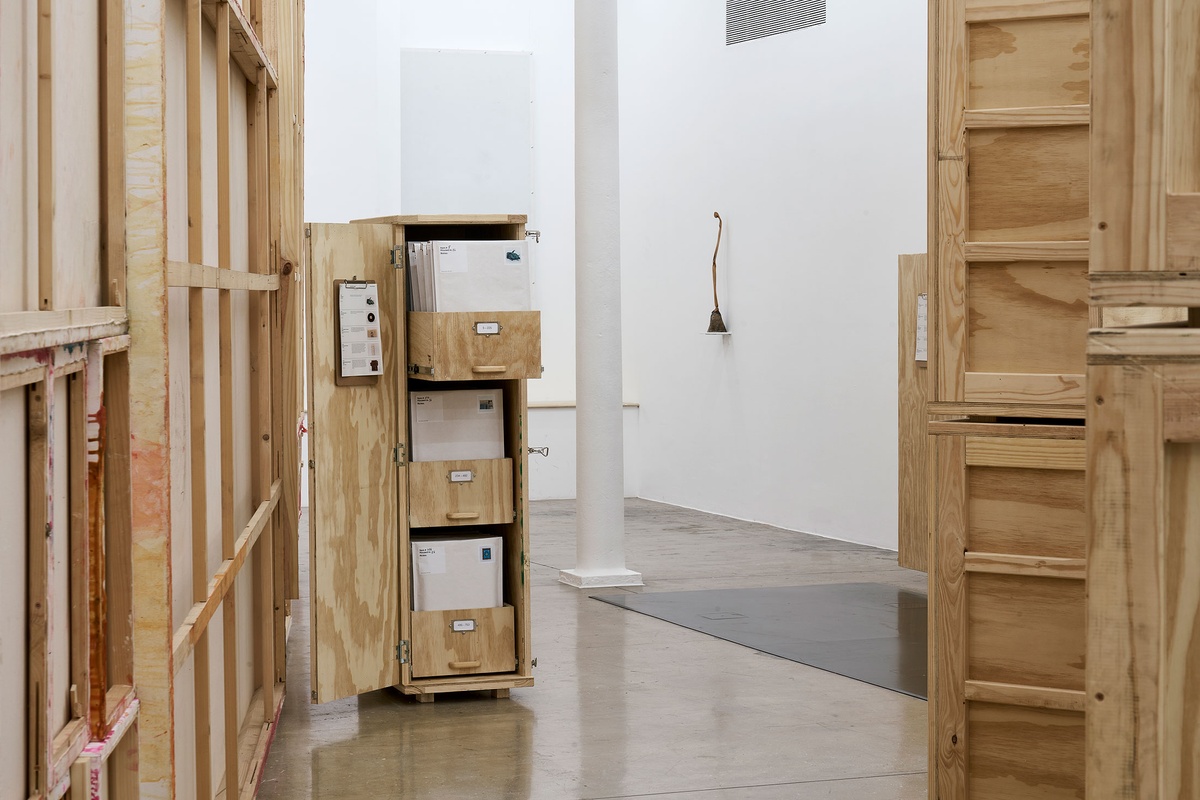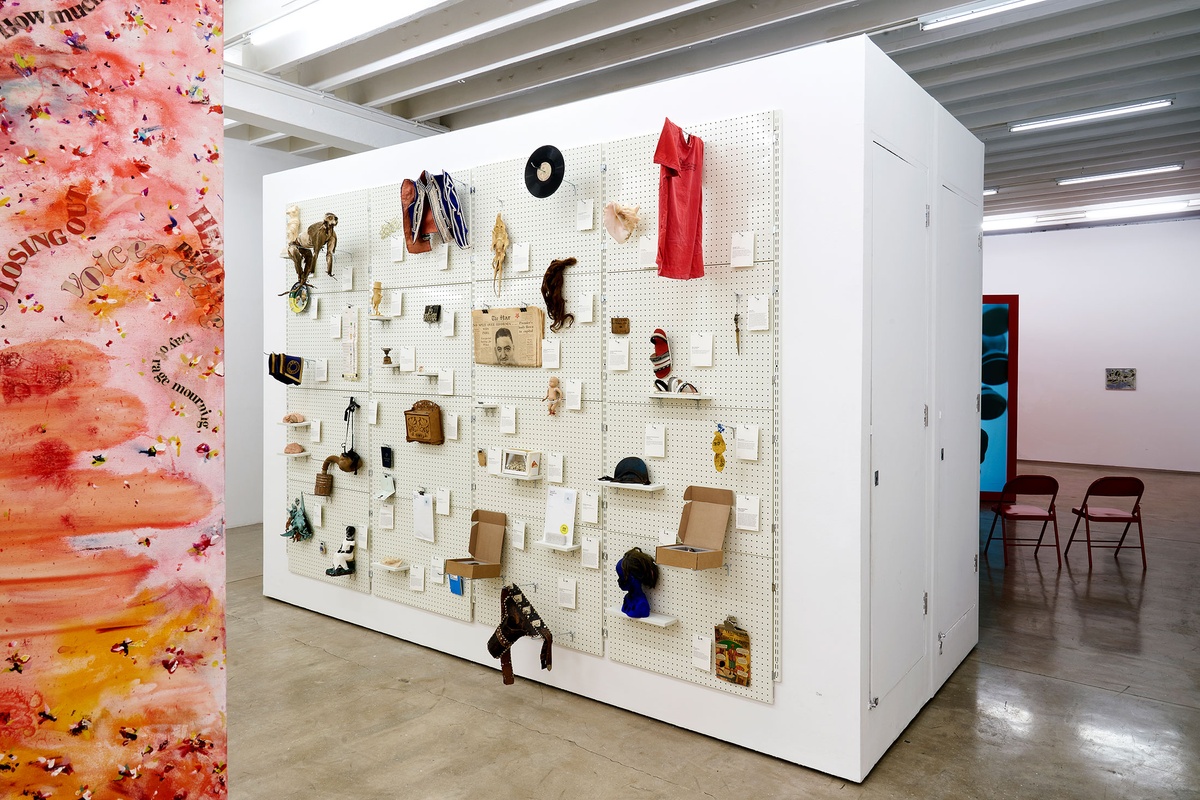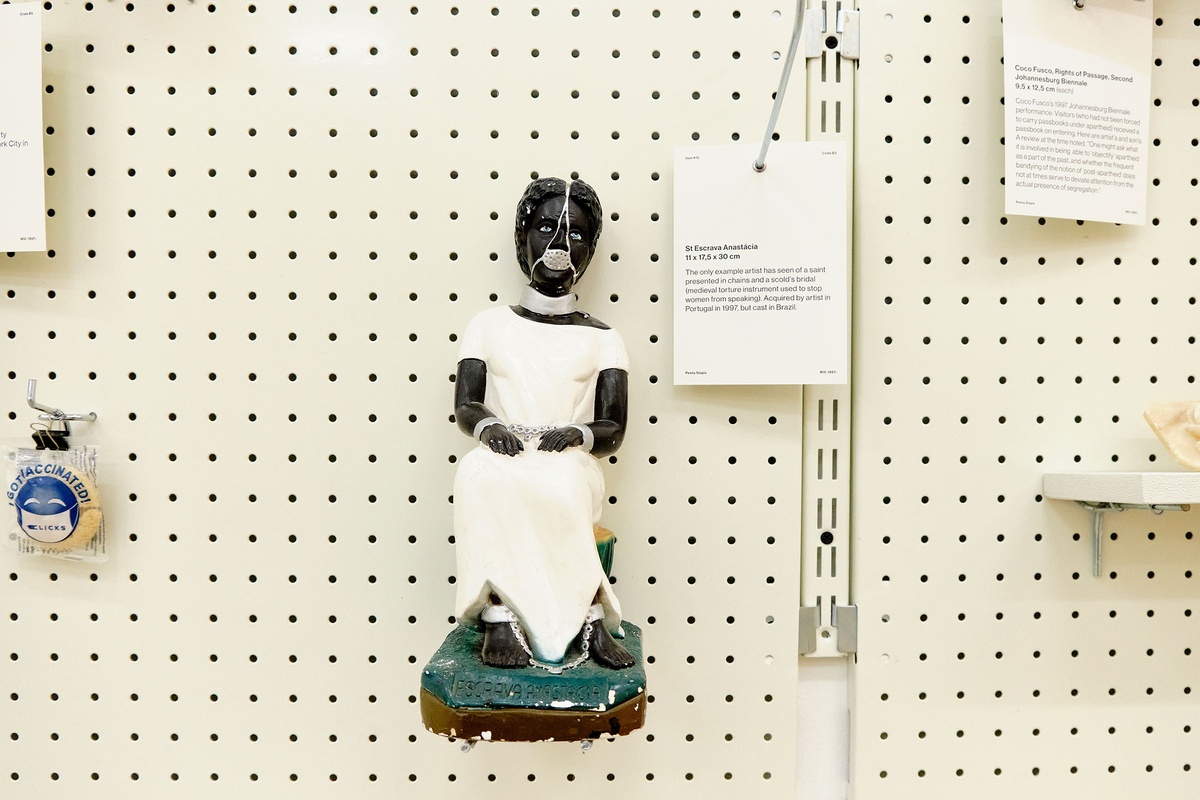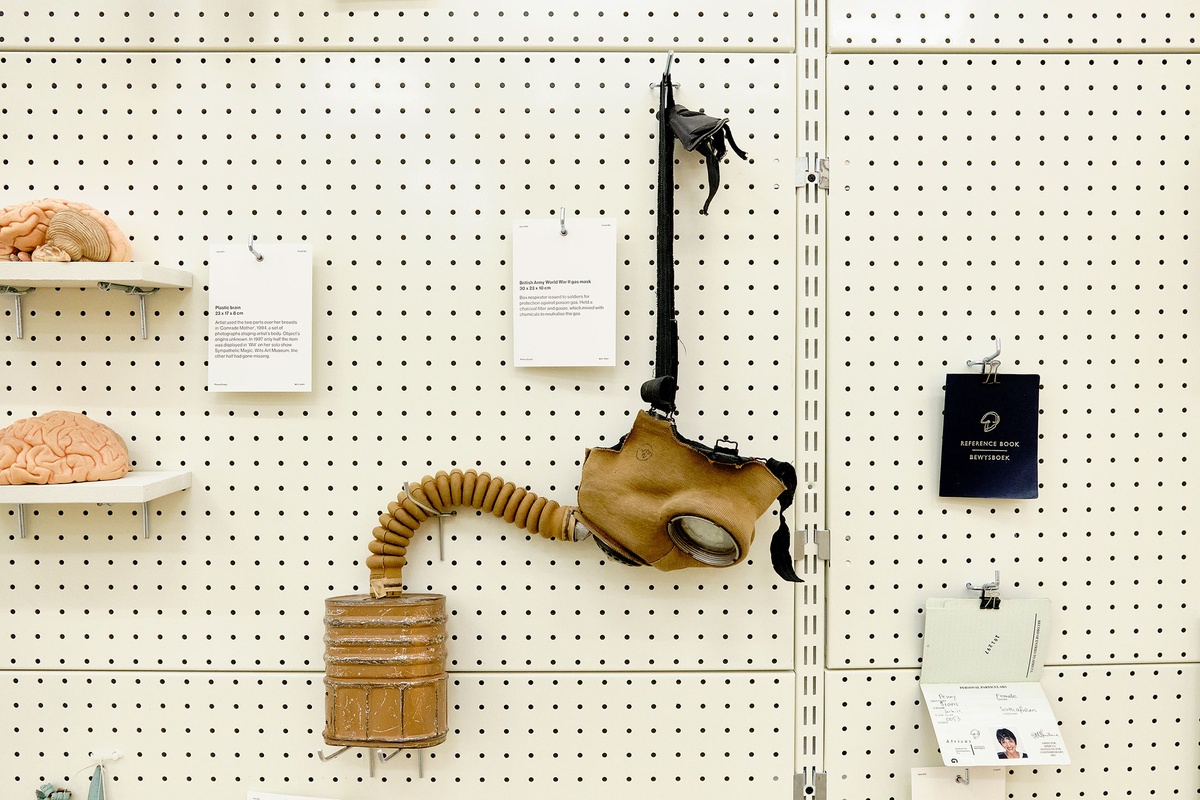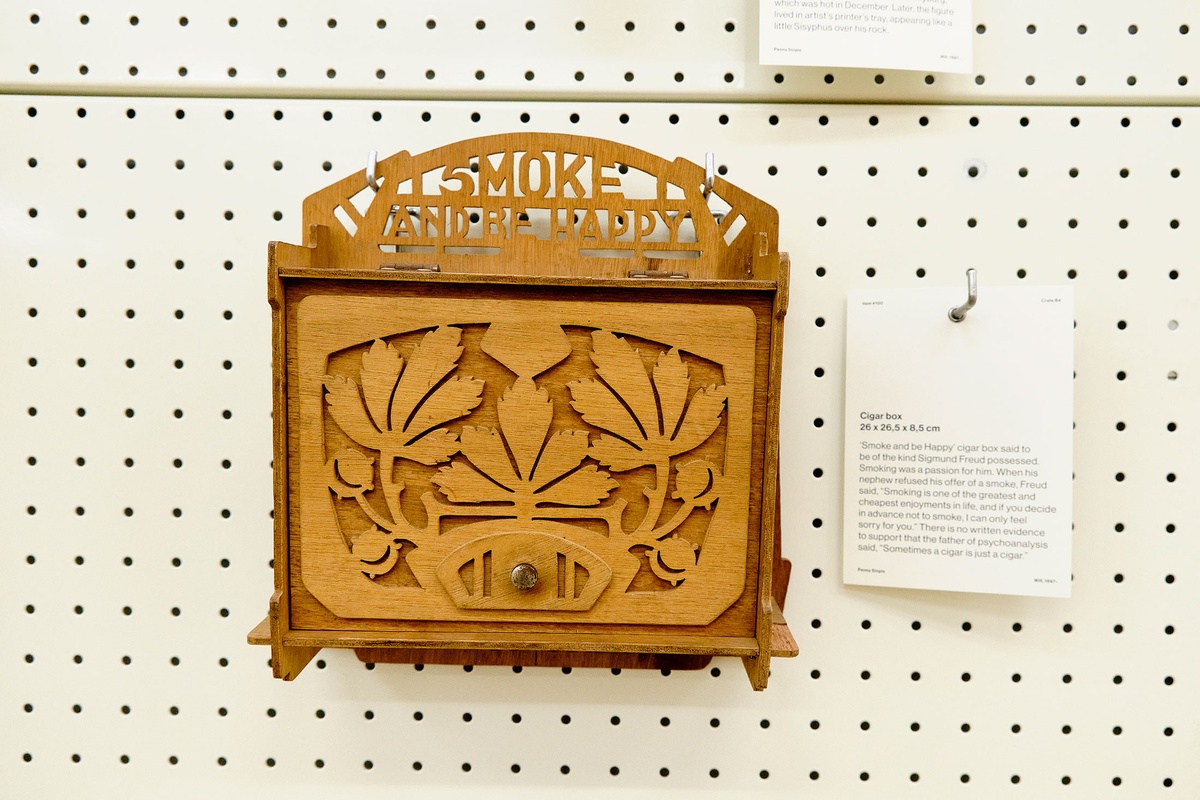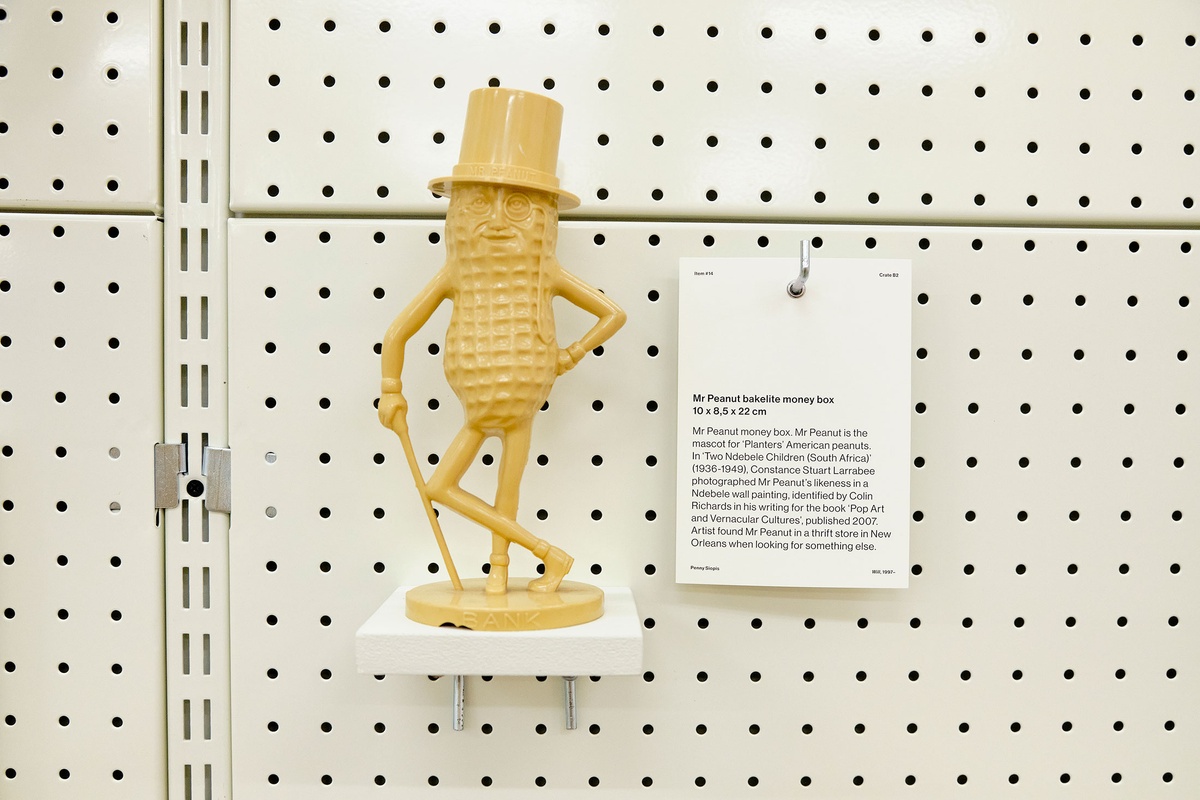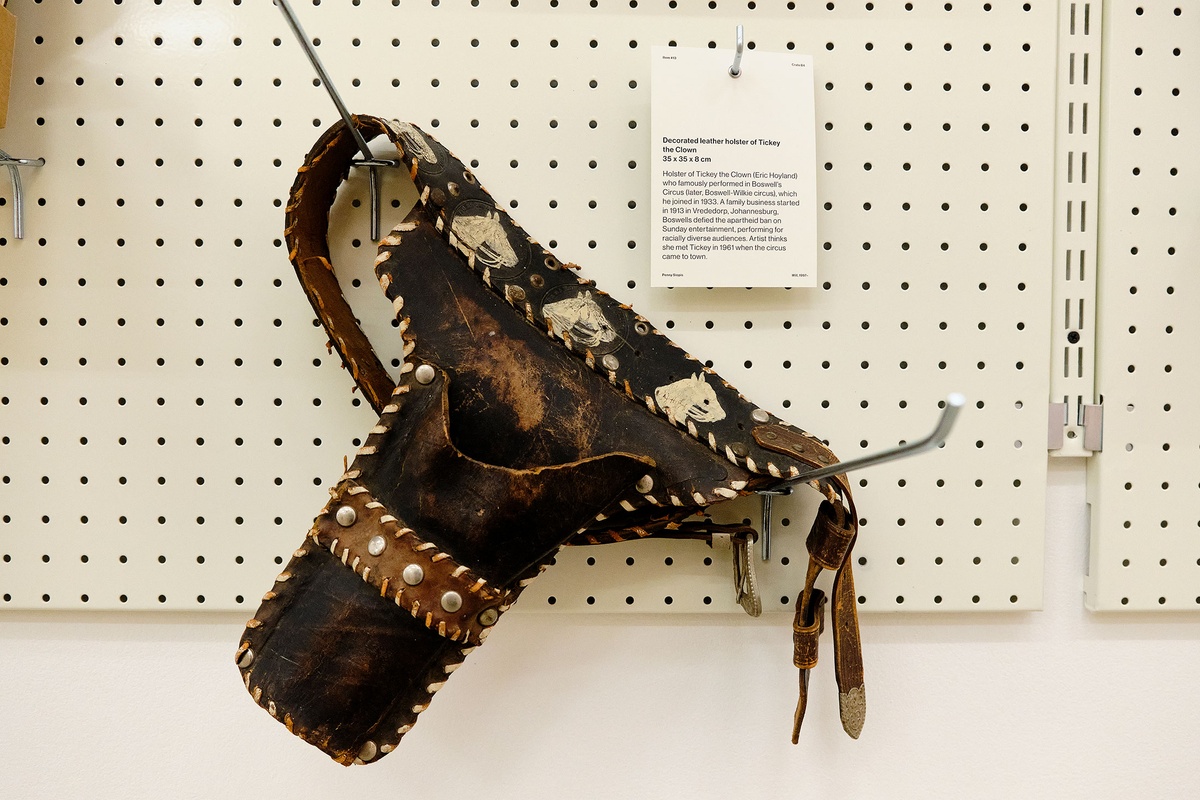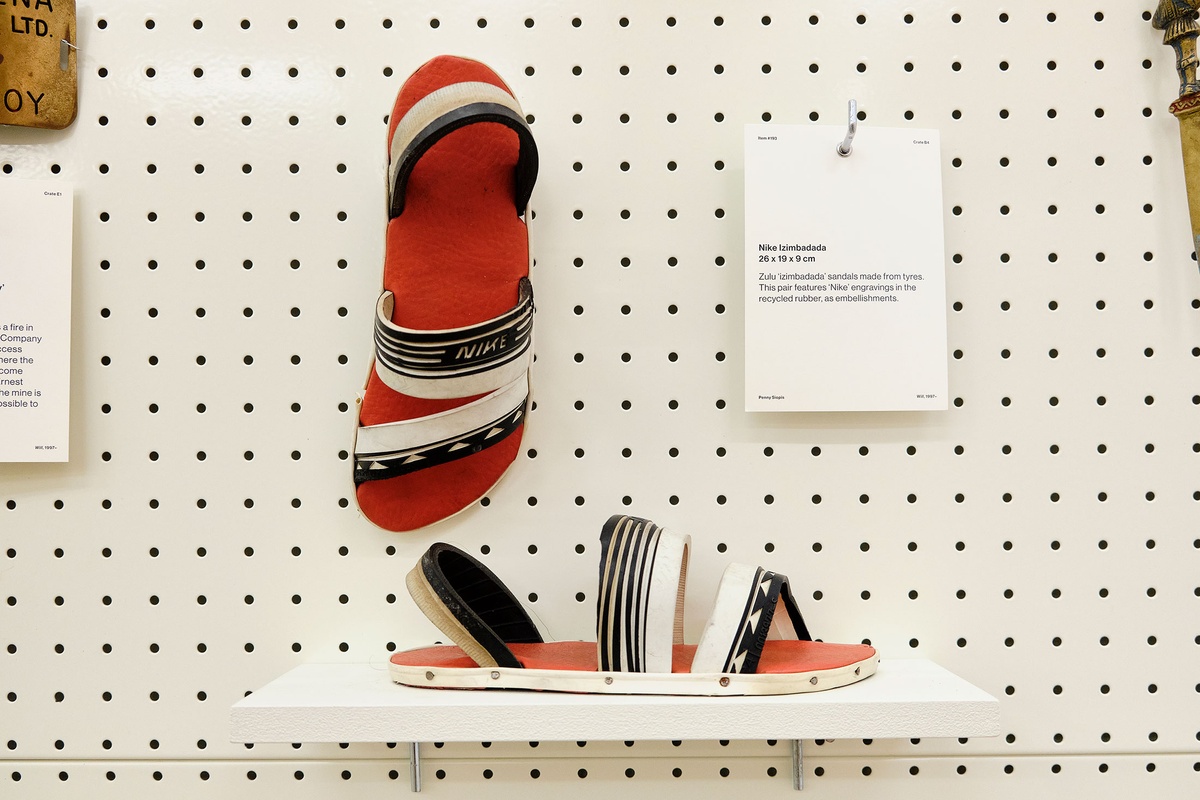Penny Siopis

In 1997, while in possession of a small piece of a taxidermied monkey’s skin (loosed from the body of a monkey she had loaned from a museum to model for a painting), Penny Siopis began thinking about an artwork as a will. From the many idiosyncratic, lovely, and weird objects the artist found herself drawn to collecting over time, certain ones became imagined as bequests to certain individuals. Upon her death, the collection of objects that became the artwork Will, 1997–, would be sent to their new homes and owners. While alive, these things would live together, added to, retracted from, a living body shared and shown across the artist’s exhibitions. When she dies, the artwork will receive its closing date and each item will begin a new life. As discrete objects with a person in mind, the artist hopes that they might travel off from the big body of the collected work to begin their own stories, create new offshoots, generous and generating. Or not, Siopis is clear to point out. For not everyone might be as impressed with this inheritance, may not wish to store, tend to, care for this “vibrant matter,” to borrow a phrase from Jane Bennett’s writings on the political ecology of things.
For Will, the A4 team took up the challenge of creating an organised home for the objects during this stage of their life, that could also be their installation strategy. Ultimately, the hope was that making a library of objects would assist the project’s executor when it comes time for the items to make their way towards their intended recipients. Presented with 744 objects and counting, each was measured, photographed, boxed or enveloped. Stickers were applied, crates built and numbered. A digital inventory now houses the objects for easy management and sorting in the real.
b.1953, Vryburg; works in Cape Town
In describing Penny Siopis’ practice, a necessary caveat: it is too slippery in form, too wide-ranging in ambition, to be distilled to pithy statement. Hers is an “aesthetic of accumulation,” a logic of excess, a hoarding of signs. Edges, boundary lines, beginnings and endings, states of change – these are among the subjects that inform her enquiries. As to a single preoccupation, the artist offers residue. A ‘historical materialist’, Siopis looks to the traces of past action, asks after the vibrancy of artefacts made and found, what they might recall of their provenance. She moves between modes with limber agility, playing the roles of both artist and archivist. While predominantly a painter, Siopis’ practice extends to include found film and objects in a sustained meditation on trauma as it appears, the artist writes, “in material amalgam.” From her early ‘history’ paintings to Will, a growing collection of objects and their anecdotes to be bequeathed to friends and family at the artist’s death, loss (past, forthcoming) is a constant undertone. Pursuing a “poetics of vulnerability”, Siopis transcribes, however obliquely, shared and individual griefs – punctuated by small moments of tactile transcendence – in the inherited images and historical flotsam, in the residue, with which she works.




